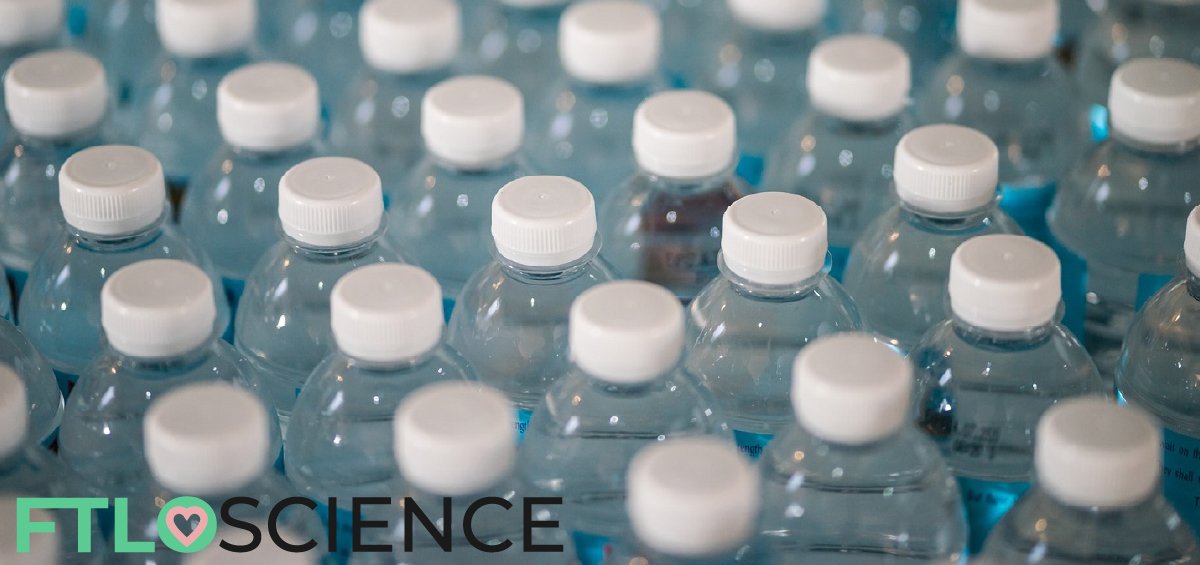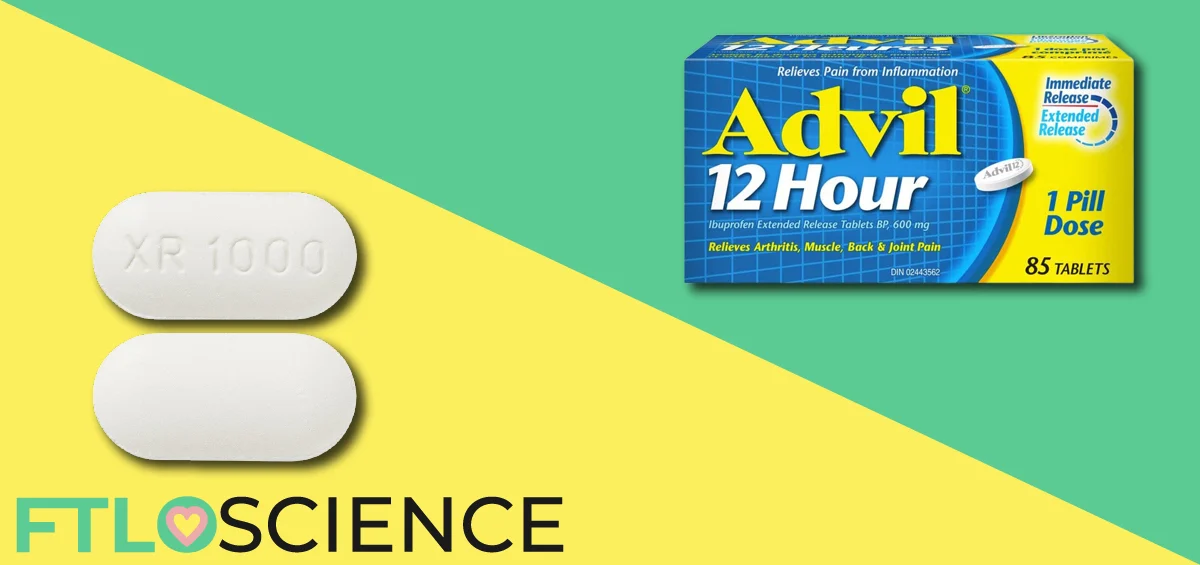Trillions of pieces of plastic enter our oceans each year, polluting the surface waters and disrupting marine life. A recent concern arising from this is the prevalence of microplastics, small plastic particles thought to cause lasting health effects in living organisms, including humans. Although early research suggests that ingesting microplastics leads to accumulation within living organisms, are they a real threat to our health? Or are microplastics not as bad as the media portrays?
Despite what the media portrays, microplastics in our drinking water are non-toxic to humans. There is currently no scientific evidence from reputable journals for the health risks of microplastic bioaccumulation. Certain plastic microbeads, however, can be dangerous as they absorb toxic contaminants in their pores.
Putting the Micro in Plastic
What are Microplastics?
Plastics are a large group of organic polymers with incredible stability and versatility. From its discovery over a century ago, different forms of plastic have been developed to fill the needs of virtually every manufacturing industry today. As a result, we throw millions of tons of plastic products away each year, where they inevitably find their way into our rivers and oceans.
Microplastics are tiny plastic particles that are smaller than 5 mm. The bulk of microplastics come from the physical degradation of larger plastic items, with exposure to UV radiation and sand abrasion accelerating the process. They can also come from ‘microbeads’, small plastic fragments commonly manufactured for use as exfoliators in skin care products and facial scrubs.

Microplastics in Drinking Water
Due to the enormous amounts of plastic dumped into rivers and oceans, microplastics are found in abundance wherever there is water. Once in the water supply, their small size makes them difficult to filter and remove. Microplastics in drinking water (even bottled water) have been detected using infrared spectroscopy, albeit in extremely small quantities1.
There is no conclusive evidence (at the time of writing) that microplastics harm our health. Nevertheless, reports from some news sources have wasted no time painting a terrifying picture of the amount of microplastic living organisms ingest, prompting environmental groups like WWF into action against its use. But do we have to worry about microplastics being a health threat? Or is this another case of media hype?
Effects of Microplastic Ingestion
In the Environment
Research into how microplastics affect the environment, especially marine life, is ongoing, with shellfish the subject of several studies in this area. Being filter feeders, the detrimental effects of microplastic ingestion are likely to be magnified in a shellfish’s physiology. It was found that although microplastic particles were present in mussels and oysters (both wild and farmed), they posed no immediate health hazards to the creatures2.
Larger species of marine life have also been evaluated. A study examining the gut contents of sea turtles showed that although microplastic was present, they are also passed through with relative ease3. Compared to larger plastic fragments that can obstruct a turtle’s respiratory or digestive system, the ingestion of microplastics, as far as we can tell, does not seem to impact its health.
In Humans
What about humans? Studies show that we indeed ingest a significant amount of microplastics in our lifetime, courtesy of bioaccumulation in the animals we eat and the microplastics present in our drinking water. However, there is currently no data in the literature showing evidence of microplastic toxicity in humans.
While it is perhaps inevitable that microplastics enter our digestive tracts (we’re reminded in the attention-grabbing headlines of some news reports), there are no signs that this will lead to adverse health effects. Being stable and unreactive materials, the little plastic particles simply pass out of our other end.
Further research is required, of course, but from what we can infer from studying marine creatures swimming in plastic-laden seas, we humans probably needn’t worry too much.

Microbeads: The Real Health Risk
While consuming microplastic poses no direct threat, certain studies have shown that some types of plastic particles, such as microbeads, carry possible secondary threats to human safety. Microbeads have large surface areas that allow them to absorb toxic contaminants effectively. If these contaminant-laden microbeads can enter the food chain and release their toxins, they may pose an actual threat to the environment and humans.
Toxic Contaminants
Being civilization’s favorite dumping ground, seas and oceans receive a whole lot of toxic waste. Some of these contaminants include organotin compounds, phthalates and bisphenol A (BPA), which can cause hormonal changes and other metabolic disorders in both humans and marine animals4.
They are widely used in polymer manufacturing as ‘additives and stabilizers’, enhancing the properties of various plastic products. When dumped into the ocean, the chemicals leech slowly from within the products and into the water.
It has been shown that plastic pellets serve as sites for the adsorption of these toxic compounds. Being organic compounds, many of them don’t mix well with water. By burying inside microplastic fragments, the organic compounds are able to reduce their interaction with water.
Studies show that significant amounts of toxic contaminants can be adsorbed onto microplastics found in sources of water5. The concentration of contaminants was also dependent on the duration of the microplastic fragment’s exposure to the environment.

A Bioaccumulation of Problems
If these microplastics are ingested, the contaminants could possibly leech from the plastic material and into the tissues and bloodstream of living organisms. To make matters worse, the stability of plastic in the environment means that this source of toxic contaminants is likely to persist for a long time.
Over 180 species of animals (birds, fish, turtles and marine mammals) have been witnessed ingesting plastic debris6. Over time, it is possible that bioaccumulation can lead to a buildup of dangerous levels of toxins higher up in the food chain, including in seafood-loving humans. At present, the effects of toxic leeching in microplastics are unclear. But to counteract this risk, many states and countries have enacted laws against the use of microbeads and related products in cosmetics.
Taking Action Against Plastics
Although current research suggests that microplastics in the environment are not as detrimental to marine life and human health as news sources like to portray. Future research will reveal if microplastics are really harmful in the long term, either by affecting direct changes to our bodies or by exposing us to secondary toxic contaminants.
In the meantime, efforts to reduce microplastic exposure might be better diverted to removing or reducing the use of toxic contaminants that are widely used in manufacturing. The leeching of industrial waste into rivers and streams is a common global issue, presenting many immediate health and environmental concerns.
Our reliance on plastic products coupled with a low rate of recycling has also the detriment of causing the surfaces of Earth’s waters to become hazards to marine life. Animals get entangled in plastic bags and sheets, impairing their movement and even causing them to drown.
We should make it a point to reduce the total amount of plastic that we use, recycling and reusing consumables where we can. And if in the future, we discover that microplastic pollution does present a real health risk, we will be in a much better position to deal with it.
Reference
- Mintenig, S. M., Löder, M. G. J., Primpke, S., & Gerdts, G. (2019). Low numbers of microplastics detected in drinking water from groundwater sources. Science of the Total Environment, 648, 631-635.
- Van Cauwenberghe, L., & Janssen, C. R. (2014). Microplastics in bivalves cultured for human consumption. Environmental Pollution, 193, 65-70.
- Duncan, E. M., Broderick, A. C., Fuller, W. J., Galloway, T. S., Godfrey, M. H., Hamann, M., … & Santillo, D. (2019). Microplastic ingestion ubiquitous in marine turtles. Global Change Biology, 25(2), 744-752.
- Grün, F., & Blumberg, B. (2007). Perturbed nuclear receptor signaling by environmental obesogens as emerging factors in the obesity crisis. Reviews in Endocrine and Metabolic Disorders, 8(2), 161-171.
- Teuten, E. L., Saquing, J. M., Knappe, D. R., Barlaz, M. A., Jonsson, S., Björn, A., … & Ochi, D. (2009). Transport and release of chemicals from plastics to the environment and to wildlife. Philosophical Transactions of the Royal Society B: Biological Sciences, 364(1526), 2027-2045.
- Coe, J. M., & Rogers, D. (Eds.). (2012). Marine Debris: Sources, Impacts, and Solutions. Springer Science & Business Media.
About the Author

Sean is a consultant for clients in the pharmaceutical industry and is an associate lecturer at La Trobe University, where unfortunate undergrads are subject to his ramblings on chemistry and pharmacology.




